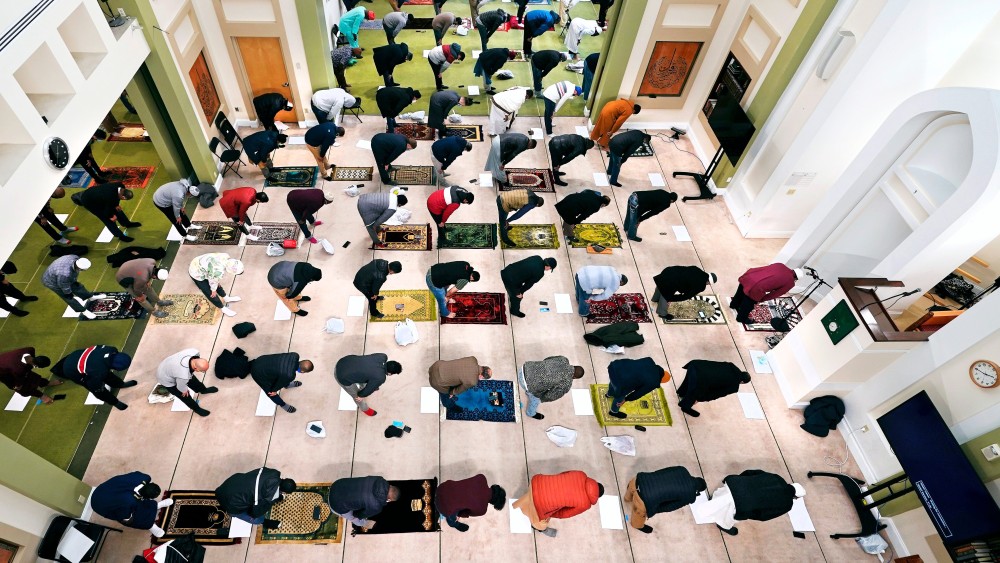Number of mosques in US grows, but Black mosques in decline

Increasing numbers of Black American mosques are closing, while the overall number of mosques in the United States continues to grow, according to a new report.
The American Mosque 2020: Growing and Evolving, released June 2, shows key changes in Muslim demographics as they relate to places of worship. The report, jointly published by the Islamic Society of North America, the Center on Muslim Philanthropy, and the Institute for Social Policy and Understanding, was written by Ihsan Bagby, who produced similar survey reports in 2001 and 2010.
“In 2020, the US Mosque Survey counted 2,769 mosques, which is a 31 percent increase from the 2010 count of 2,106 mosques,” said Bagby. “Undoubtedly, the primary driving force for the increase of mosques is the steady expansion of the population of Muslims in America due to immigration and birth rate.”




